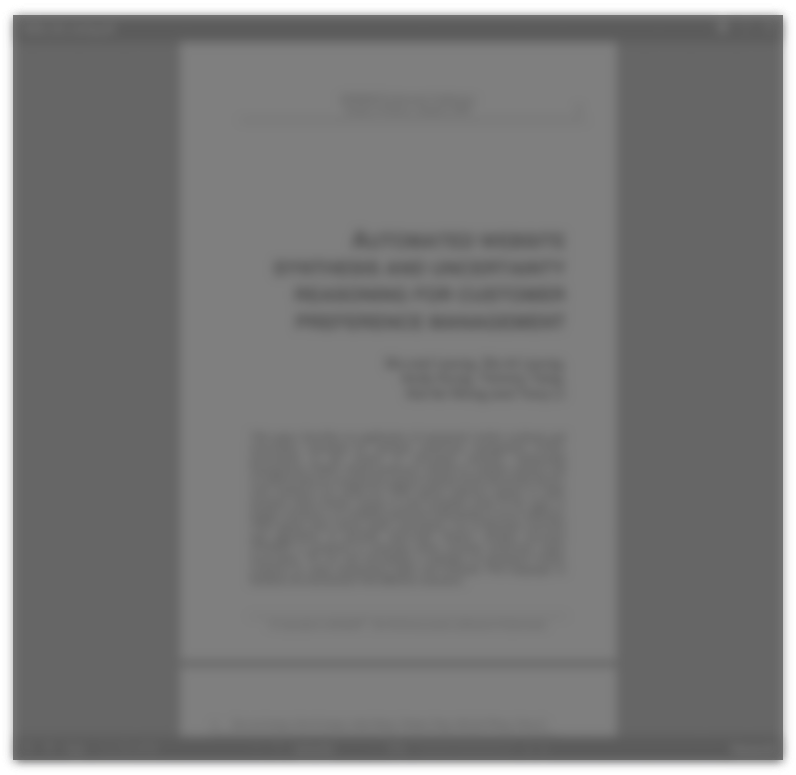Abstract:
The last five years were, for Romania, a period of severe changes. As other countries placed in Central and Eastern Europe, Romania passes a period of transition from a communist regime towards a democratic one. Keeping in mind this context, the paper analyses the transformations occurring in the area of Western radios with Romanian language broadcasts. Before 1989 the foreign radios played a specific and to some extent privileged role. They were the single voice opposing to the official propaganda, and having a large audience. After the collapse of the communist regime, this uniqueness disappeared. The radio market became very complex. Facing the new situation, the foreign broadcasters followed various adaptive strategies. These strategies are analyzed in parallel with the public's responses, by using both qualitative and quantitative methods (focus-group and in-depth interviews, regression analysis) 1. A statistical model was tested in order to understand the mechanisms that function in the specific audience formation. This model underlines the evolution of the patterns of listening, as well as the differences between the most important foreign radios airing for Romania and the national radio. The most relevant outcomes of adaptive strategies are stressed out, and certain possible coordinates for positioning of the foreign radios in the Romanian market are outlined.







